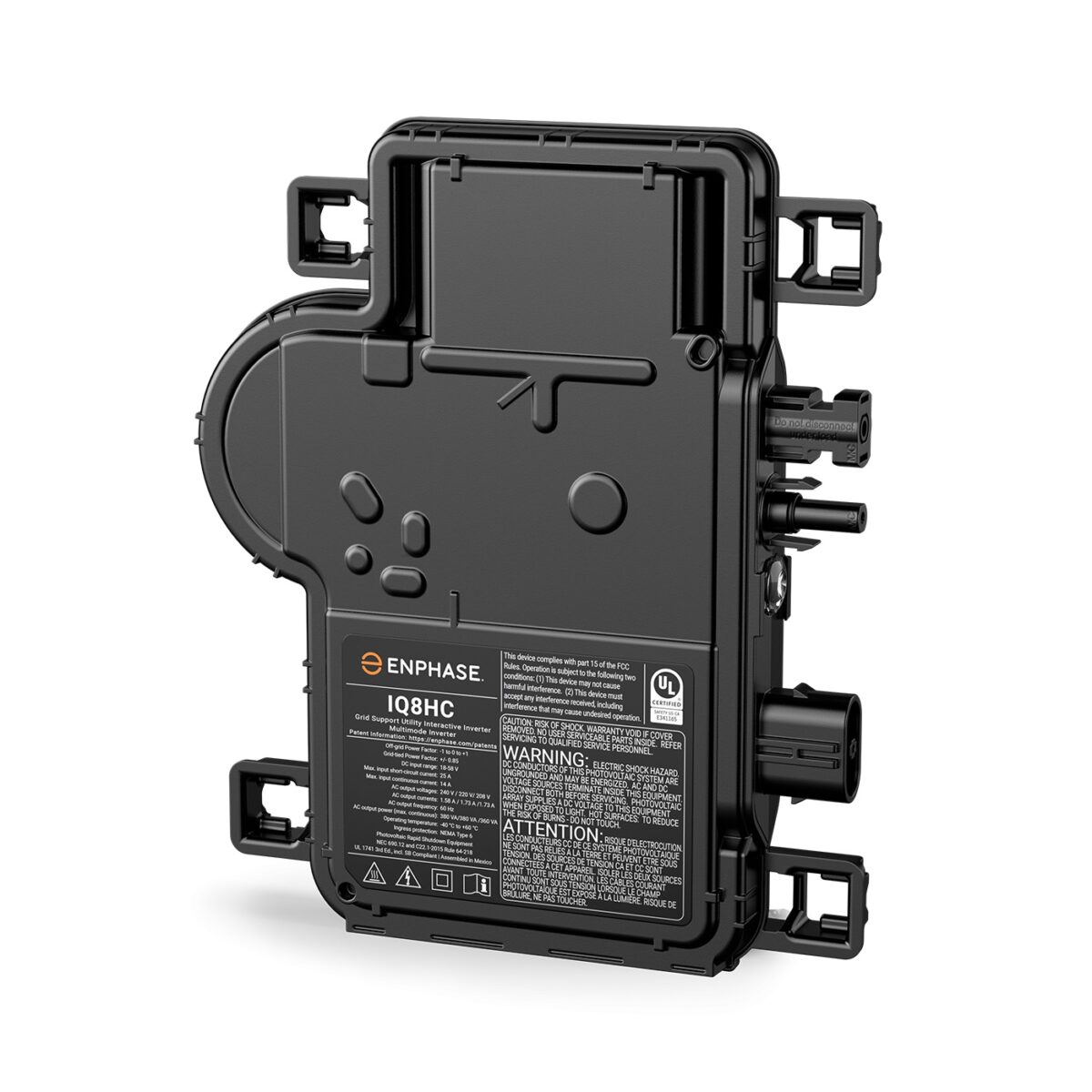Enphase, a global provider of solar microinverters and distributed battery energy storage, announced its Q1, 2024 earnings, reporting $263.34 million in revenues, or about 5% short of consensus estimates. The company delivered an earnings-per-share of $0.35, or about 10% short of consensus.
Revenues were split 57% in the U.S. and 43% internationally. Despite the moderate dip in revenues quarter-over-quarter, European revenues surged 70% with overall sell-through of microinverters and batteries increasing 7%. The company said it aims to continue boosting sales in Europe through serving the booming solar balcony market and serving social housing units.
The company shipped about 506,000 microinverters from its contract manufacturing facilities in the United States, making them eligible for the 45X production tax credit. Once fully ramped, the company expects to have a global capacity of 7.25 million microinverters per quarter, 5 million which will be produced in the U.S.
U.S. revenues declined 34% sequentially, led by declines in sell-through of equipment in California. However, declining revenues were attributed to a broader slump in U.S. residential solar. The company increased its market share in the U.S., which was highlighted in data shared by residential solar marketplace platform EnergySage. EnergySage said Enphase microinverters represented 70% of quoted systems on its marketplace and nearly half of energy storage quotes provided.
Chief executive officer Badri Kothandaraman said dynamics are beginning to shift in U.S. residential solar, and that Q1 2024 may have represented the “bottom” for the industry as it adapts to changes like California’s NEM 3.0. He said the industry has shifted from focusing on loaned systems to a third party-owned or leased model.
“In Q1, 50% of our California installs were NEM 3.0 systems. These systems have a very high battery attach rate of over 90% compared to NEM 2.0 systems, which have an attach rate of 15%,” said Kothandaraman. “Our data also shows that half of our NEM 3.0 systems are using Enphase batteries. Taking this data into account, our average revenue per NEM 3.0 system is approximately 1.5 times our average NEM 2.0 system.”
Enphase said it believes this gain in market share and boost in captured revenue per system will contribute to stabilizing and increasing its revenues in the second half of 2024.
“We have been managing through a period of slowdown in demand. We believe Q1 was the bottom quarter. Europe has already begun to recover, and we expect the non-California states to bounce back in Q2,” said Kothandaraman. “California is becoming less of a wild card, and we expect demand to stabilize and increase in the back half of 2024. We are bullish about NEM 3.0 in the long term. The payback is attractive for solar plus batteries. The utility rates are going up steeply and the sales teams are learning rapidly.”
For Q2, the company is expecting sequential growth, lifted partly by seasonality of residential solar sales. The company guided for $290 million to $330 million in revenues. It also expects to ship 100 MWh to 120 MWh of IQ batteries, beating Wall Street expectations.
The company also expects to pilot its fourth-generation home batteries later this year. Enphase is developing its next generation IQ9 microinverters, targeting a product launch in the first half of 2025. The company said IQ9 will make use of gallium nitride (GaN) parts that promise to reduce costs and increase power output.
This content is protected by copyright and may not be reused. If you want to cooperate with us and would like to reuse some of our content, please contact: editors@pv-magazine.com.









By submitting this form you agree to pv magazine using your data for the purposes of publishing your comment.
Your personal data will only be disclosed or otherwise transmitted to third parties for the purposes of spam filtering or if this is necessary for technical maintenance of the website. Any other transfer to third parties will not take place unless this is justified on the basis of applicable data protection regulations or if pv magazine is legally obliged to do so.
You may revoke this consent at any time with effect for the future, in which case your personal data will be deleted immediately. Otherwise, your data will be deleted if pv magazine has processed your request or the purpose of data storage is fulfilled.
Further information on data privacy can be found in our Data Protection Policy.